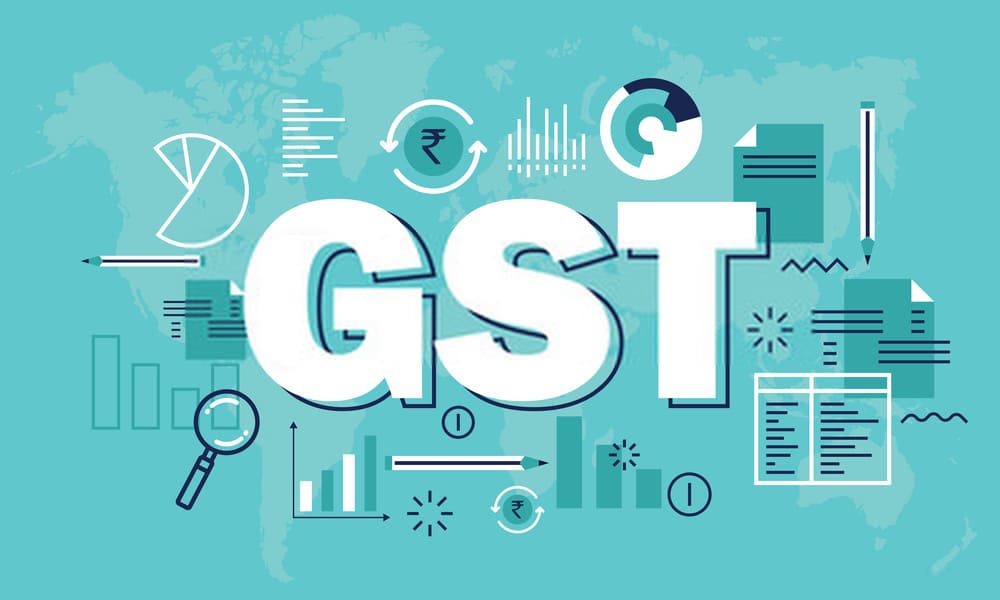Indirect Tax is one area where very few reforms have been made since a couple of decades and therefore needs to be reinforced and emphasized. This instigated a debate relating to its introduction in India, way back in union Budget of the Year 2006. The country is eagerly waiting for the unveiling of Goods and Service Tax. Now as after decades, we have a strong government in the centre, things may soon take a positive shape.
The major hurdle is issue of co-ordination between the State-Centre administration which will have to be addressed. The basic idea is to do away with the complex multi tax regime and to have a single point tax which will subsume other taxes. The Central Excise Act which is as old as 1944 will merge with the Service Tax introduced in 1994 and they will be reborn in the form of GST. The government proposes to merge all central taxes and to begin with it recommends that Central Excise duty, Additional Excise duties, the Excise duty levied under the Medicinal and Toiletries Preparation Act, Service Tax, Additional Customs duty, commonly known as countervailing duty (CVD), Special Additional duty of Customs (SAD), surcharges and cesses may all be subsumed under the Goods and Service Tax. Even the state taxes and levies including VAT/Sales Tax, Entertainment Tax (unless it is levied by the local bodies), Luxury Tax, Taxes on lottery, betting and gambling, state cesses and surcharges in so far as they relate to supply of goods and services and Entry Tax not in lieu of octroi should also be subsumed in the GST. Thus, there is going to be a dual tax system, one for the state (SGST) and other for the centre (CGST). It was proposed by the earlier government that the inter-state seller will pay IGST on value addition after adjusting available credit of IGST, CGST, and SGST on his purchases. It is to be seen, in which direction the new government moves ahead.
In June 2010, the CAG had issued a report on “Implementation of Value Added Tax in India -Lessons for Transition to Goods and Services Tax.” The findings of that Report could serve as indicators towards some of the important areas which need to be examined and tackled before we transit to the GST regime. The report lays emphasis on certain basis issues. it says that before switching to GST, place automation high on priority, make e-filing mandatory, integrate all units including check gates within the states and inter-state, refine the risk-based selection of dealers for tax audit to generate a sample that is both viable and effective in detection of evasion and have a comprehensive mechanism for cross verification of the returns of the dealers with other records, including those of other departments. All these may take certain time, but without ensuring all these basic requirements, implementation of GST will create a chaos. IT infrastructure and networking has to be a top priority. The infrastructure necessary for its successful implementation has not yet emerged and the new government should not be in a hurry and should take its time to address these issues first.
